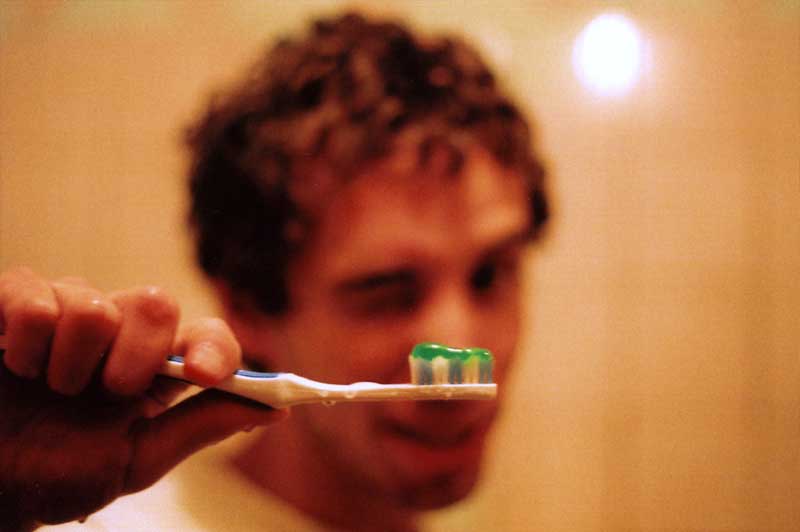Is Your Toothpaste Doing What You Want It To?
There are many toothpastes on the market and generally they all do a good job of aiding in cleaning your teeth. It is important to know that what really does the work at cleaning teeth is the toothbrush whether it be an electric one or a manual one. The toothpaste simply is a lubricant and a detergent that also provides fluoride. It is the scrubbing action of the toothbrush or the vibrating action of the electric toothbrush that really cleans the teeth. As we all know the cleaner the tooth is the less chance for decay. Decay needs three things to occur; tooth structure, bacteria and plaque (which is the remnants of food left after eating). All three of these need to be evident to cause decay. Everyone has bacteria in their mouths and some of it is good. But there is bad bacteria that has little benefit than to cause decay. We can not do too much about this as even if we rinse with a strong antibacterial wash the bacteria comes back relatively quickly. Obviously the teeth are there for good so they stay. The only thing we can effect is the plaque.
Plaque removal is the cornerstone of brushing and everyone knows the benefit of this. Here at the office we go over home care if we see a problem during patient recare cleanings.We also give brushing aids and do all we can to advise the most effective way to keep those pearly whites sparkling !
It is also important to understand that the toothpastes that advertise they are tooth whitening or tartar control might do more damage than good. They do not have the same material we use for professional bleaching in them such as carbamide peroxide or other oxygenating liquids . All they really have are more abrasive elements that will take off surface stain BUT they also can create scratches in the enamel and especially on the softer root surface of teeth. They can also cause sensitivity which is usually seen as temperature sensitivity. We can usually repair these defects and decrease the problem when we see them at our office exams. These toothpastes also do not reach into the microscopic voids in the tooth structure where darkening sometimes occurs. Professional bleaching agents do this well as the gel can find its way into these defects and actually lighten tooth structure from "within".
Just remember that toothpaste is definitely an aid to brushing as it does make everything "taste better", but stay away from the ones that promise tartar control and bleaching if you experience any type of sensitivity and generally ones that only contain fluoride will doa wonderful job.
Happy brushing!!
Photo by Dmitry Chertousov
Copyright © Dr. Annie Mazure-Schmidt
Subscribe To Our Blog
We will get back to you as soon as possible.
Please try again later.







